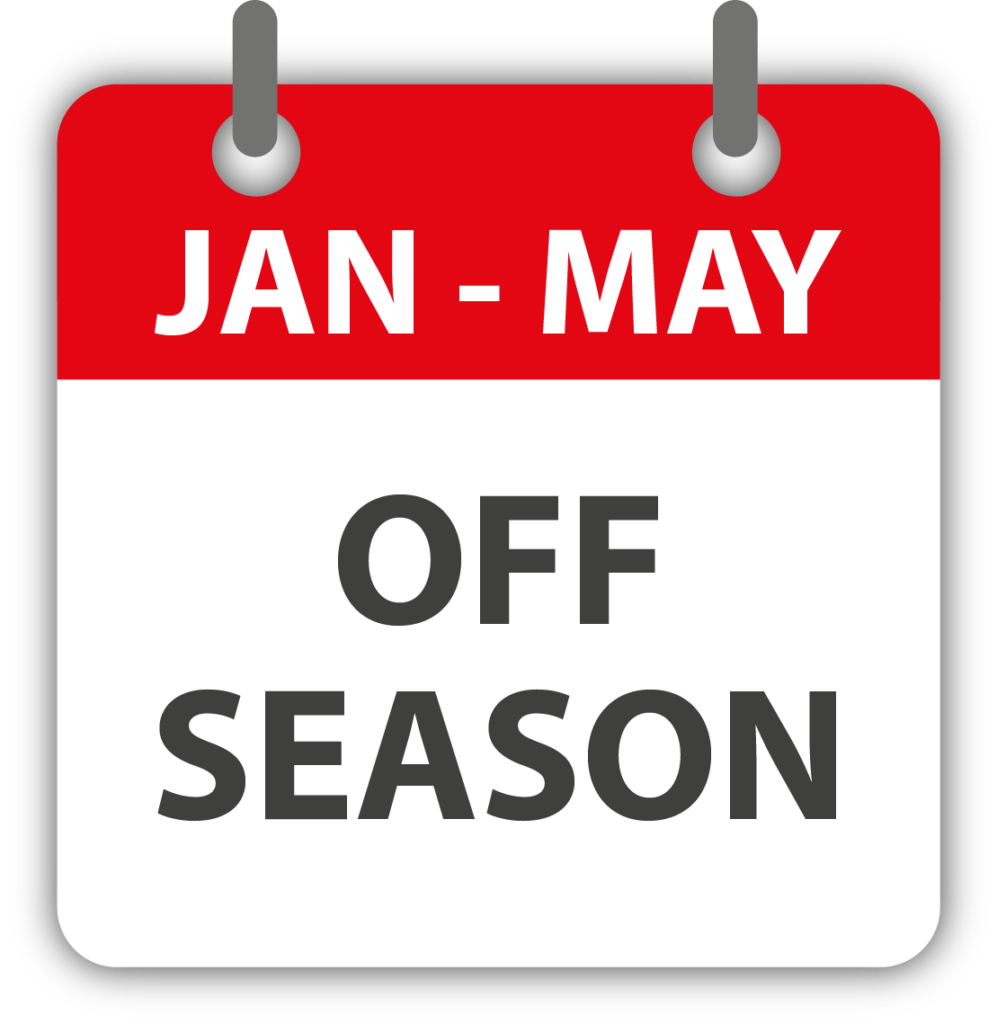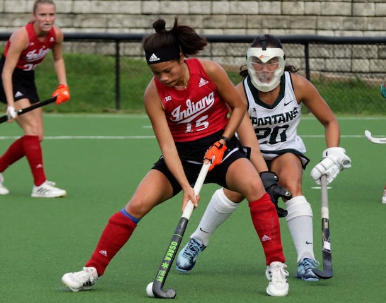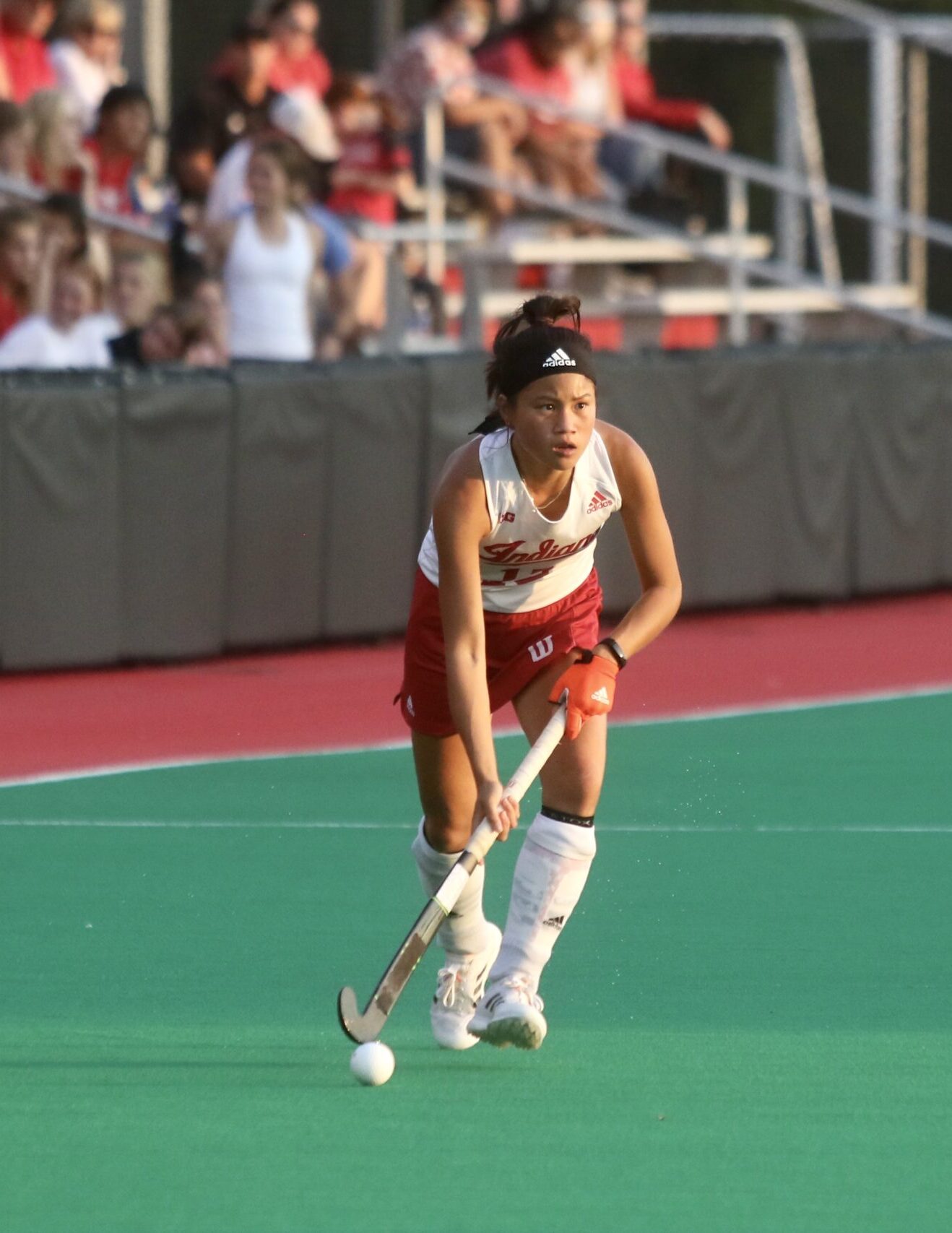Why College Field Hockey?
Playing college field hockey in the USA is a great way to continue to develop as a player while getting a university degree at the same time.
On top of everything else, student-athletes learn to work and thrive in a team environment, which alters and shapes them into well-rounded, unselfish, team-oriented, and driven individuals. These qualities will help you be successful, whether on or off the field.
Scholarships
Field hockey is a women’s only sport offered by relatively few universities (about 280). Depending on your level, you can receive up to a full scholarship that covers; tuition, rent, living expenses, and sometimes even attractive pocket money.
In addition to field hockey scholarships, an athlete can qualify for academic scholarships (through grades and test scores) and international scholarships. It is possible to get a combination of the different types of scholarships.
The following items can be covered by a scholarship:
Tuition
vary from $10000,- to $65000,-
Training gear
Room&Board
Insurance
It is mandatory to have health insurance and some schools require international students to take a school’s policy.
Books
Spending money
How are practice and season structured?
The training schedule is characterized by high intensity, and the coaching staff often includes several assistants and athletic coaches. Up to six training sessions per week on the field and numerous weekly strength and endurance workouts. You will get, amongst other things, personalized training gear with your school’s logo and have access to top-class facilities and resources like physiotherapy, weight rooms, and more.
A team usually consists of 20-25 players and games are played in four quarters of 15 minutes against other universities in the conference (usually 8-10 universities based on similar locations). In case of a tie it will go into overtime in a 7 vs 7 format with the first team to score wins. If no team scores in overtime, the game will be decided by shootouts. At the end of the regular season (approximately 18 games), the top-ranked teams from their conference will qualify for the conference tournament in which you can qualify for the National knockout tournament.
Overview of an academic year

Showtime! – You will officially begin with a 2-3 week pre-season in which you work intensively with your team on the field to prepare for the upcoming season. During the season, you practice almost every day of the week and play 1 to 2 games per week. Due to this tight schedule, a little more rotation is possible. If your team has done well in the regular season, it can qualify for “post-season competition” and continues in tournament mode until the National Championship played in December.



Summer break – There is a possibility to stay in The USA and take summer classes or work in camps. Most students decide to go back to their families to enjoy the 2.5 month break to rest and individual preparation for pre-season.
Day in the life of a student-athlete
Sports & academics are 100% coordinated, so you have the opportunity to excel on both the field as well as in the classroom.
6:30
Weight/conditioningget ready for the
weight/conditioning training.
7:45
Shower/BreakfastShower and then have breakfast with teammates or friends in one of the dining facilities on the college campus.
8:30
Classes11:45
LunchLunch with teammates and friends, again at one of the various food halls available on campus using your prepaid ‘meal plan’ card.
12:30
Classes14:30
PracticeArrive at the training room to prepare for practice. You may get stretched out or taped by an athletic trainer (physiotherapist)
17:30
Recover/Shower/DinnerBack to the training room to make sure you take care of yourself physically after practice (ice bath/physical therapy). After taking a shower, you will have dinner with teammates and friends.
19:00
Study/LeisureTime to get some studying or homework done. When other sports teams are in action, a good college athlete supports their fellow athletes! The rest of the evening is your own!
Did you know?
- Our field hockey ambassador Eva van t Hoog was 2 times National Champion at UNC Chapel Hill and currently plays for the first Ladies team of HDM?
- Most of the universities that offer field hockey are also high academic level, so it is important to have good grades and test scores.
- College field hockey games are separated into two halves, each lasting 35 minutes with a seven-minute half-time in between.
- There is no college Field hockey for men.
Enthousiast geworden?
Zet dan de eerste stap om je mogelijkheden te bespreken.




